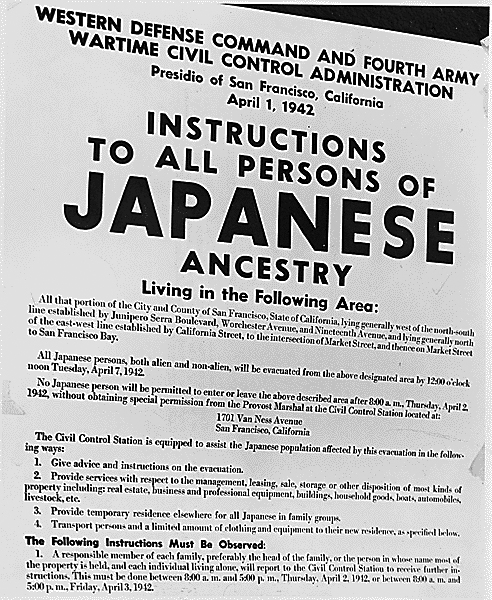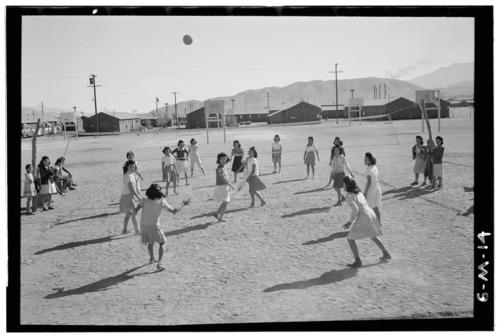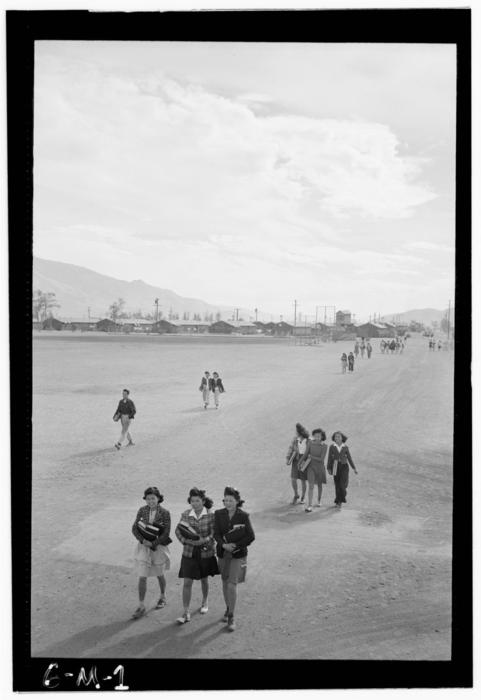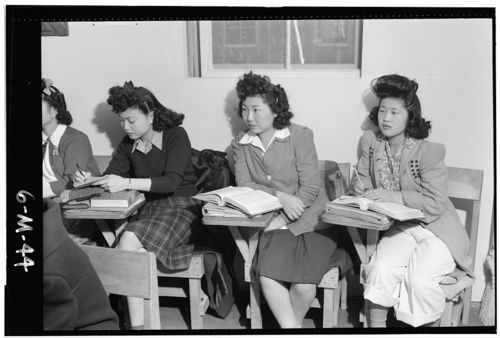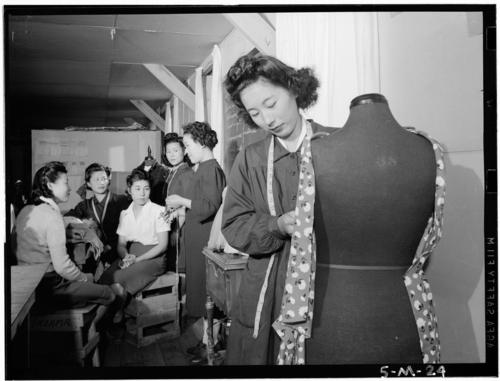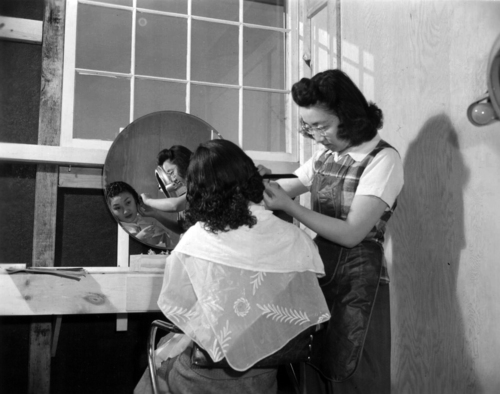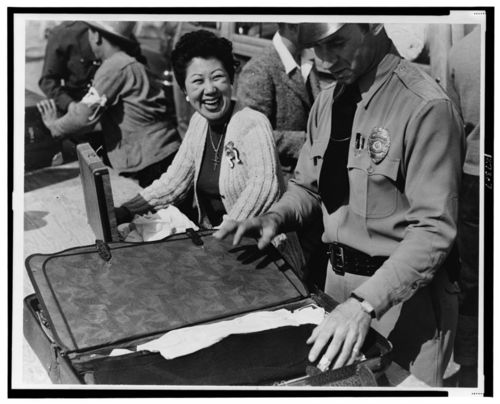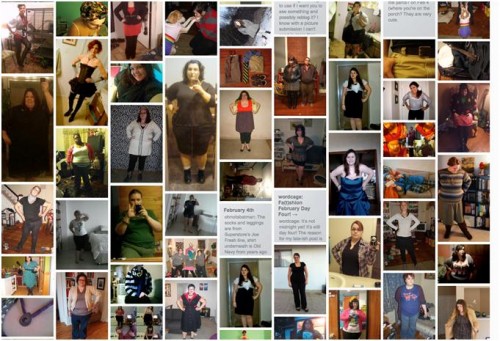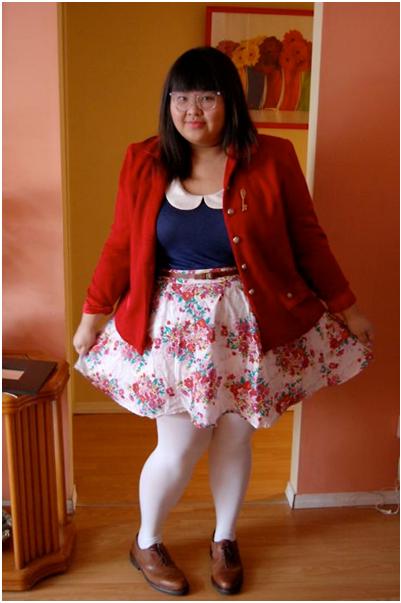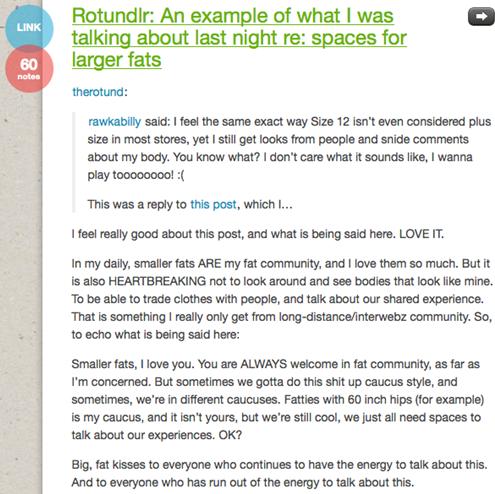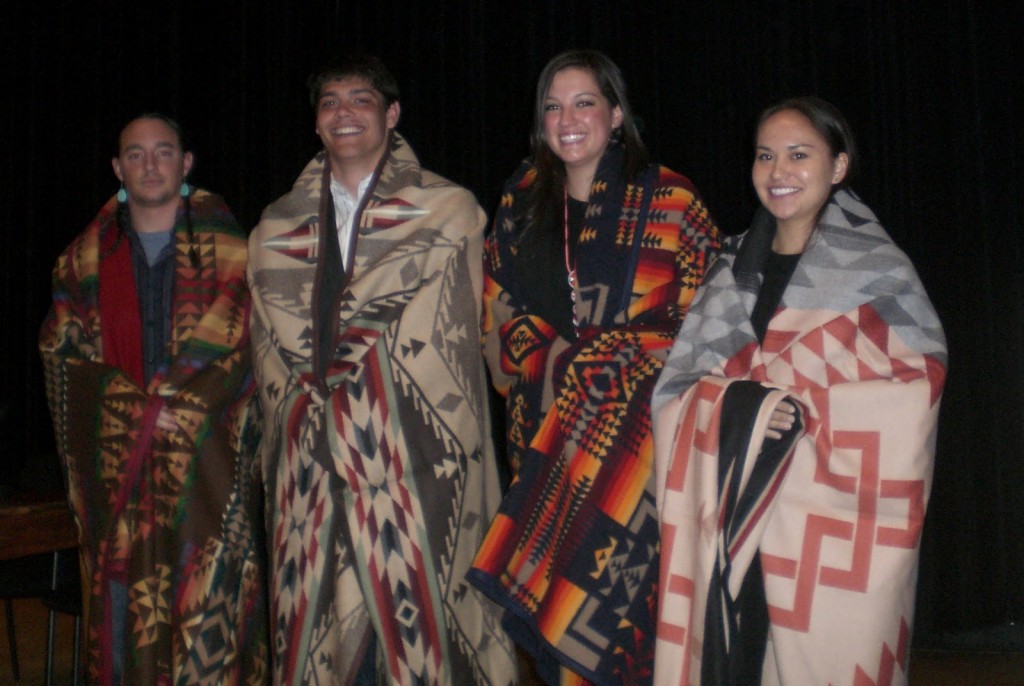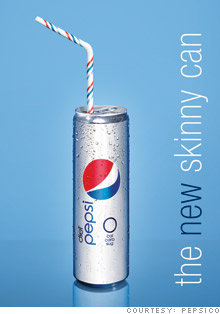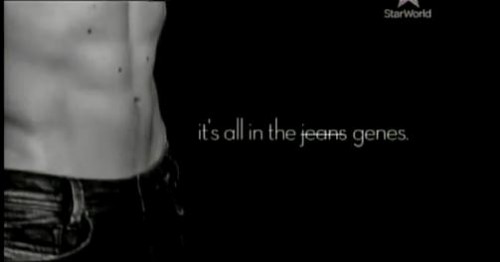Allison K. sent in another example of the sexualization of young girls. Abercrombie Kids is selling bikinis with “push-up” tops. According to Wikipedia, the company markets its products at kids age 7-14. The average age of puberty is 12. So, at what age should girls start trying to enhance their cleavage? How old is too young?
UPDATE: In the last week this post was shared and tweeted by many of you. News outlets took up the issue and, in response to the public pressure, Abercrombie first changed the language (taking out the phrase “push up” and just leaving “triangle”), then took the product off the site altogether. On their Facebook page, they wrote that “We agree with those who say it is best ‘suited’ for girls age 12 and older.”
For more on the sexualization of young girls, see our posts on sexually suggestive teen brands, adultifying children of color, “trucker girl” baby booties, “future trophy wife” kids’ tee, House of Dereón’s girls’ collection, 6-year-olds in French Vogue, “is modesty making a comeback?“, more sexualized clothes and toys, sexist kids’ tees, a trifecta of sexualizing girls, a zebra-striped string bikini for infants, a nipple tassle t-shirt for girls, even more icky kids’ t-shirts, “are you tighter than a 5th grader?” t-shirt, the totally gross “I’m tight like spandex” girls’ t-shirt, a Halloween costume post, Toddlers and Tiaras, and girls in the World of Dance tour.
Lisa Wade, PhD is an Associate Professor at Tulane University. She is the author of American Hookup, a book about college sexual culture; a textbook about gender; and a forthcoming introductory text: Terrible Magnificent Sociology. You can follow her on Twitter and Instagram.


